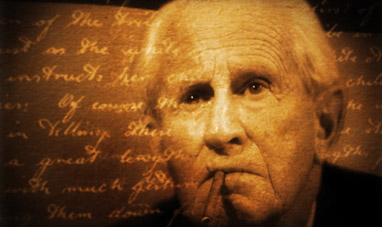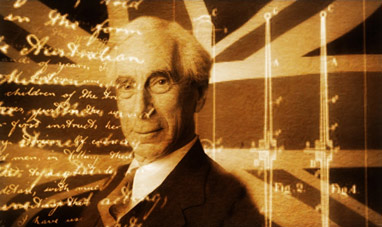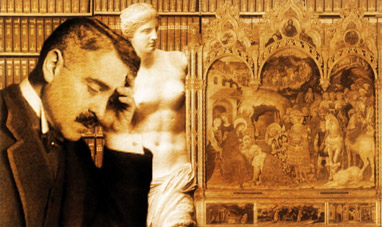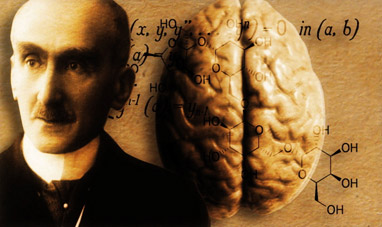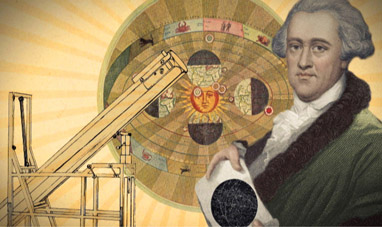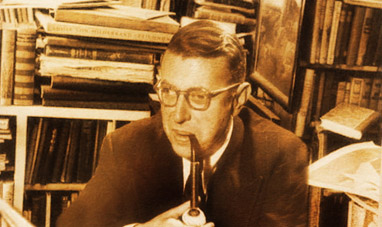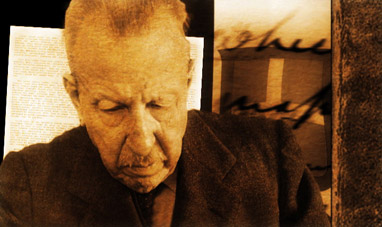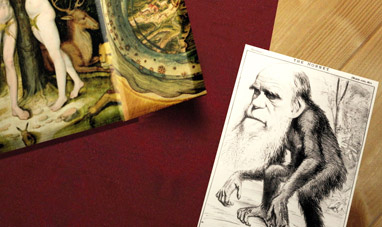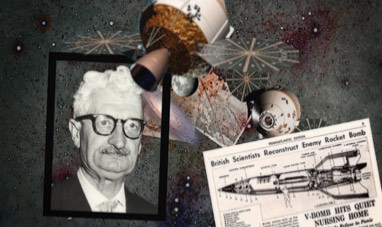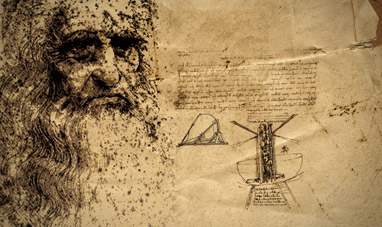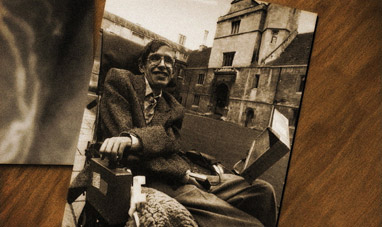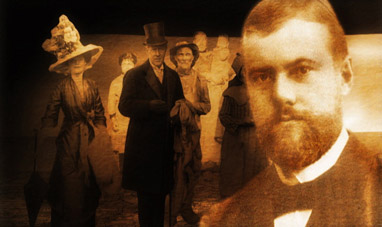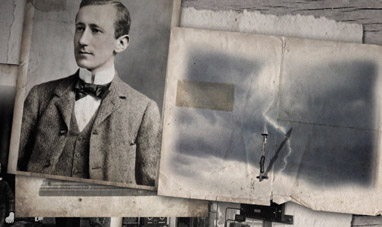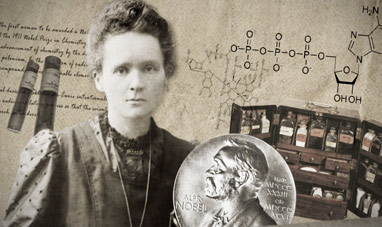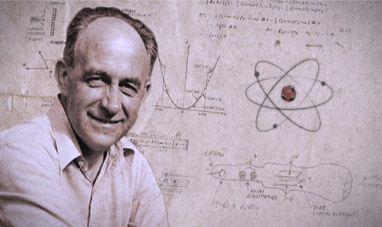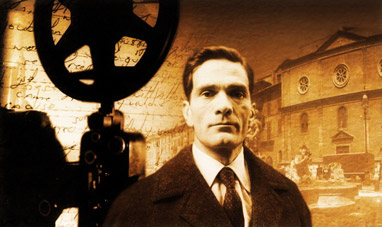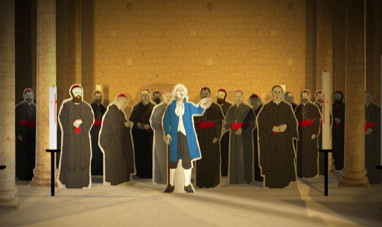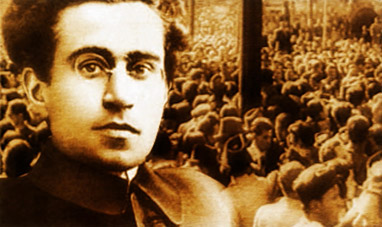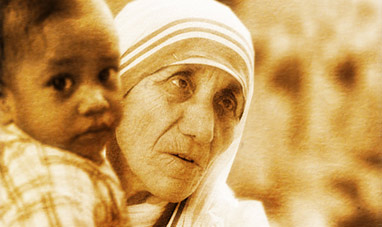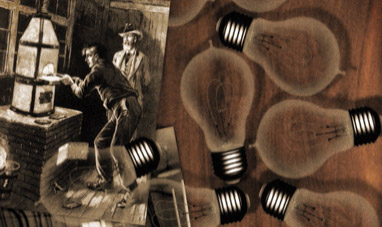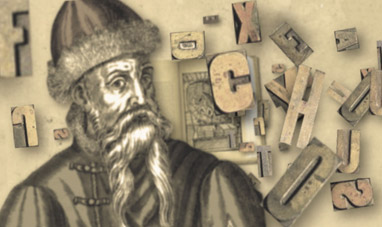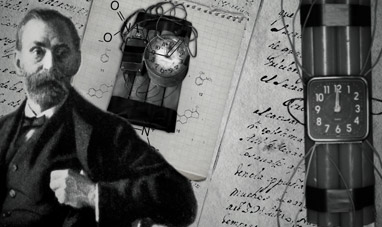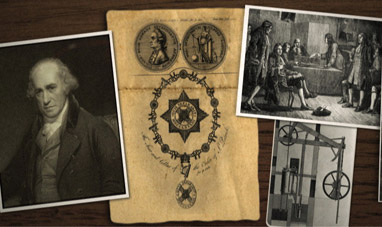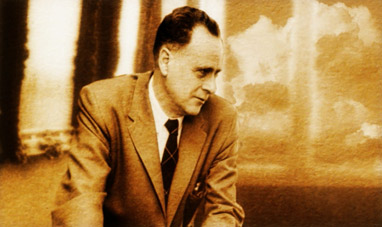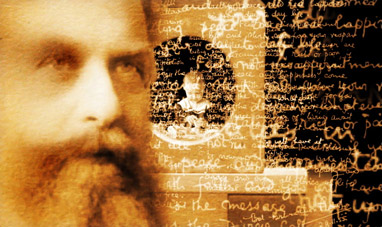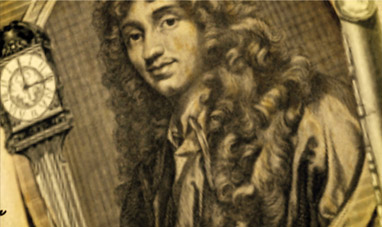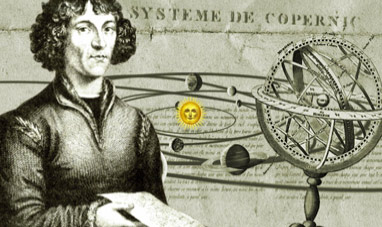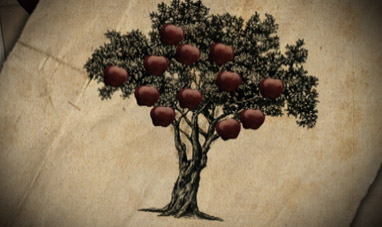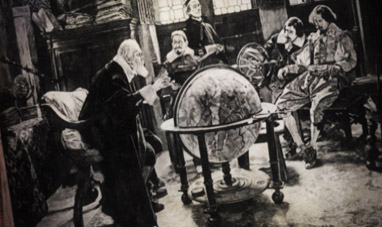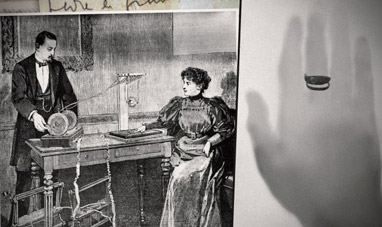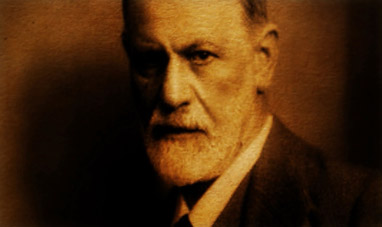Brothers Joseph and Etiénne Montgolfier invented the hot air balloon, the first aerial transportation capable of carrying passengers. The brothers were the sons of a rich paper manufacturer from Annonay, a city in southern France. Joseph was born on August 26, 1740, and Etiénne five years later. Joseph, a curious and creative type, lacked good business sense, and in 1772, his father asked the younger Etiénne to take over the family business. Etiénne introduced various innovations to the business, including the production of crepe paper. As a result of their success with paper, King Louis XVI of France agreed to finance the brothers’ experiments, providing them with noble patronage. After inventing the parachute, Joseph turned his attention to flight. One day, while looking at local chimneys, he saw a bit of paper rising into the air. He had a hunch heat was the cause. He enlisted his brother’s help in a series of experiments involving a balloon made from sackcloth and paper. In 1783, the first Montgolfier hot air balloon rose over the skies of Annonay to a height of roughly 1,600 meters.
But two months later French chemist Jacques Charles used hydrogen to float a similar balloon. The Montgolfier brothers and Charles fought over who was responsible for the invention. They began a race to see who could create the first passenger-carrying balloon. The brothers joined forces with Jean Baptise Révillion, another noted paper manufacturer, to make a new balloon. They colored the fabric of their balloon, a combination of taffeta and alum, in order to distinguish it from Charles’ invention. The Aerostat Réveillon made its maiden flight near Paris on September 19, 1783 in the presence of the king, reaching an altitude of 500 meters. The passengers were a sheep, a duck, and a rooster. The news took the world by storm. On November 21, 1783, the first two aerial passengers in human history, a doctor, Pilâtre de Rozier, and an army officer, the Marquis d’Arlandes, rose into the sky in a balloon decked out in garlands. It was 21-meters high, 13-meters wide, and remained aloft for 25 minutes at a height of about 100 meters. But the French government decided to opt for hydrogen. On January 7, 1785, Charles’ hydrogen balloon crossed the English Channel.
After the French Revolution, the brothers lost the revenue source they’d been provided by the monarchy. Napoleon Bonaparte made Joseph the head of the French Conservatory of Arts and Trades, awarding him the Légion d'honneur. Etiénne Montgolfier died on August 2, 1799 at Serrières; Joseph died on June 26, 1810 at Balaruc-les-Bains.
Hot air balloons returned to fashion in the mid-1900s. Made from nylon and powered by propane, modern hot-air balloons are tougher and less prone to fire than their predecessors.
But two months later French chemist Jacques Charles used hydrogen to float a similar balloon. The Montgolfier brothers and Charles fought over who was responsible for the invention. They began a race to see who could create the first passenger-carrying balloon. The brothers joined forces with Jean Baptise Révillion, another noted paper manufacturer, to make a new balloon. They colored the fabric of their balloon, a combination of taffeta and alum, in order to distinguish it from Charles’ invention. The Aerostat Réveillon made its maiden flight near Paris on September 19, 1783 in the presence of the king, reaching an altitude of 500 meters. The passengers were a sheep, a duck, and a rooster. The news took the world by storm. On November 21, 1783, the first two aerial passengers in human history, a doctor, Pilâtre de Rozier, and an army officer, the Marquis d’Arlandes, rose into the sky in a balloon decked out in garlands. It was 21-meters high, 13-meters wide, and remained aloft for 25 minutes at a height of about 100 meters. But the French government decided to opt for hydrogen. On January 7, 1785, Charles’ hydrogen balloon crossed the English Channel.
After the French Revolution, the brothers lost the revenue source they’d been provided by the monarchy. Napoleon Bonaparte made Joseph the head of the French Conservatory of Arts and Trades, awarding him the Légion d'honneur. Etiénne Montgolfier died on August 2, 1799 at Serrières; Joseph died on June 26, 1810 at Balaruc-les-Bains.
Hot air balloons returned to fashion in the mid-1900s. Made from nylon and powered by propane, modern hot-air balloons are tougher and less prone to fire than their predecessors.

